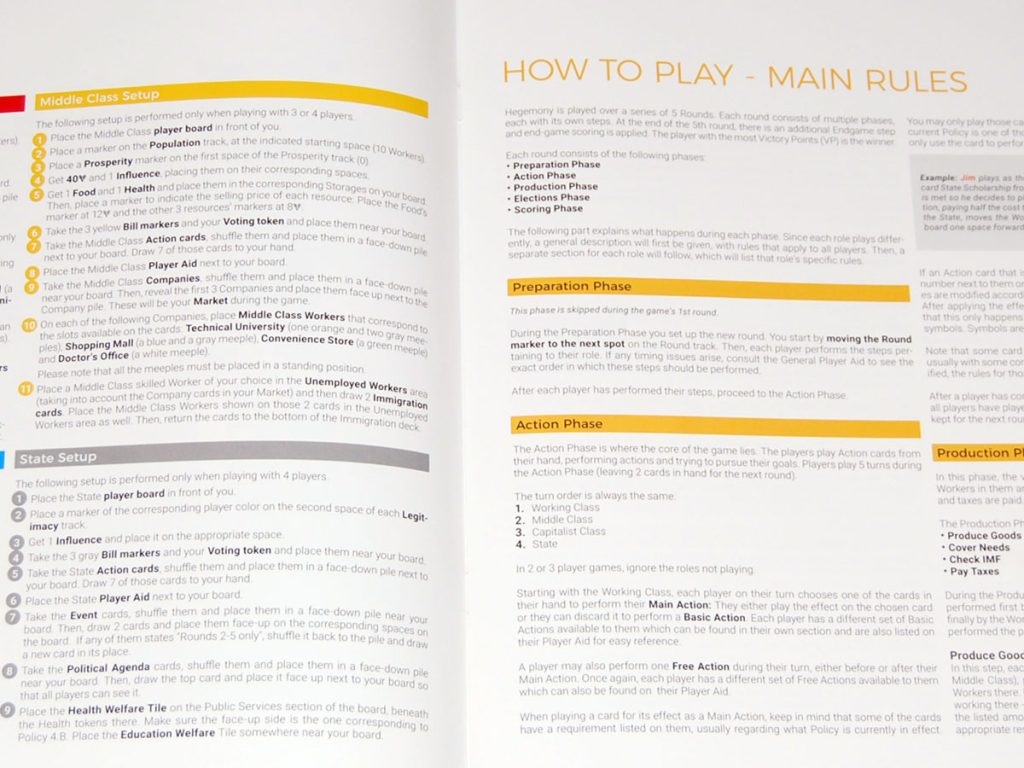In video games, rules are often invisible. You can’t see them, but you feel their boundaries — like unseen walls guiding your experience. You discover them through exploration, trial, and error. It’s one of the reasons learning a new game can feel so natural and fun: the system teaches you as you play.
But when it comes to board games, things are different.
Board Games and the Burden of Rules
Video game rules are enforced by software — you can’t accidentally move a pawn out of turn in Mario Kart. But in board games, rules are human-enforced. That changes everything.
No one wants to read the rulebook, yet everyone wants to play. Unfortunately, you can’t play until someone reads it. So one brave player usually takes on the burden, studying the rulebook cover to cover. That person then teaches the group, while everyone else double-checks whether they’ve learned it correctly.
It’s a strange dynamic: reading the rules leads to the best experience, but few enjoy doing it.
Board Games as an Oral Tradition
Because of this, board games have evolved into a kind of oral tradition. Rules are passed from player to player, often by memory or interpretation rather than by text. And like any oral tradition, things get distorted in transmission.
This “broken telephone” effect means that many games are played incorrectly around the world. Monopoly is a perfect example — countless households play it with house rules or misconceptions that have nothing to do with the original design.
Most players never visit forums, conventions, or official websites. For the majority of people, the way their family plays the game is the rulebook.
The Rules of Writing Rules
Writing clear, effective rules is one of the hardest parts of game design. If your rules are bad, your game is probably bad. Even a great concept can collapse under confusion and ambiguity. Here are some tips:
1. Avoid “Calvinball” — Write It Down
Undefined rules lead to chaos. A game with unclear systems quickly becomes Calvinball, where anything goes. Writing rules forces you to make decisions — that’s what turns a playful idea into a real, playable game.
2. Handle Exceptions
Board games can’t crash like software, but they can break. As scope grows, you’ll encounter undefined scenarios. If a rule causes confusion repeatedly during playtesting, fix or remove it. Every edge case should have an answer.
3. Teach Through Structure
Arrange your rules in the same order you would use to teach the game in person. That way, the manual becomes a teaching tool. Good structure might look like this:
- Object of the Game
- Setup
- Gameplay (Core Loop)
- End Conditions
- Victory and Scoring
- Reference Details
A well-structured rulebook reads like a guided tutorial — similar to the first level of a well-designed video game.
4. Anticipate Forgetfulness
Players will forget things. Identify the most commonly forgotten steps or exceptions and find ways to reinforce them — with icons, reminders, or visual aids on the cards or board.
5. Use Precise Language
Ambiguity kills clarity. Use consistent, instructional phrasing:
- “The player must do X.”
- “The player may do Y.”
- “Draw one and only one card.”
- “Place at least one, but no more than five tokens.”
Avoid vague terms like “usually” or “sometimes.” Define “and/or” explicitly. A rulebook should be understandable by a twelve-year-old — ideally, even a seven-year-old.
Consistency Is Everything
Define every concept once. If the rulebook contradicts itself, players will argue over which version is correct.
Be consistent in your lexicon:
- Card, Role, Value, Material — capitalize and use terms the same way throughout.
- Use icons where possible, but not excessively.
- Include an index or glossary to make information easy to find.
When the writing is consistent, players begin to speak the same language as the game. That’s when your rules have succeeded.
Be Concise
Long rules don’t just bore players — they often indicate deeper design problems.
If your rulebook feels bloated with exceptions, subclauses, or fiddly corner cases, the game itself might be overcomplicated. Elegant games have elegant rules. When explanation becomes a chore, it’s often a sign the design needs tightening.
Stay Focused
Every game needs a core identity — a single “weird” or unique concept. If your game has multiple unusual mechanics, players will struggle to learn and remember them all. Focus your creativity: if one rule breaks convention, let everything else support it. Complexity is not the same as depth.
Playtest Your Rules (Not Just Your Game)
Many designers test their games but forget to test their rules. Have new players try to learn your game using only the rulebook. Don’t help them. Watch where they get stuck or misinterpret something. That feedback is pure gold.
If players can teach themselves your game accurately, your rules are doing their job.
Conclusion: The Invisible Art of Clarity
Rules are the invisible architecture of play. When written well, they fade into the background, allowing imagination and competition to shine. When written poorly, they turn joy into frustration.
Whether digital or physical, all games rely on trust between player and system. In video games, software enforces that trust. In board games, words do.
And words — clear, consistent, carefully structured words — are what transform chaos into play.
